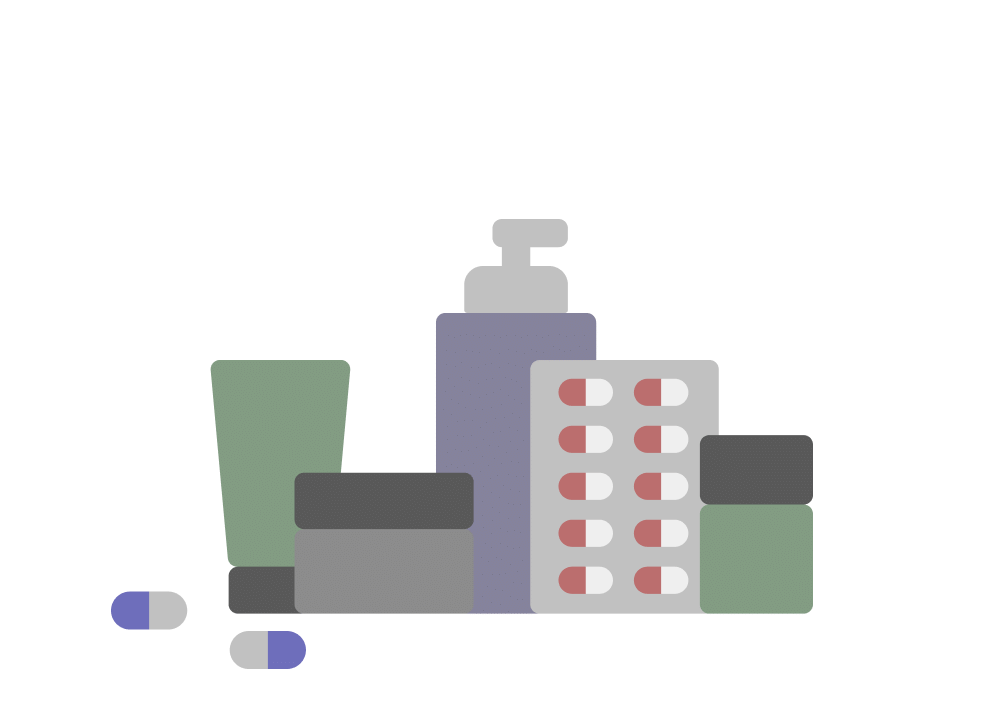
Naprolet D 250mg/10mg Tablet
Manufacturer
Ikon Remedies Pvt Ltd
Salt Composition
Naproxen (250mg) + Domperidone (10mg)
Key Information
Short Description
Naprolet D 250mg/10mg Tablet is a combination of two medicines used in the prevention of migraines. It blocks the release of certain chemical messengers that cause pain, inflammation, and fever.
Dosage Form
Tablet
Introduction
Naprolet D 250mg/10mg Tablet may be prescribed alone or in combination with another medicine. It can be taken with or without food. The dose and duration will depend on the severity of your condition and how well it helps your symptoms. Use it regularly and do not discontinue using it until the doctor tells you it is alright to stop.
Directions for Use
Take this medicine in the dose and duration as advised by your doctor. Swallow it as a whole. Do not chew, crush or break it. Naprolet D 250mg/10mg Tablet may be taken with or without food but it is better to take it at a fixed time.
How it works
Naprolet D 250mg/10mg Tablet is a combination of two medicines: Naproxen and Domperidone. Naproxen is a non-steroidal anti-inflammatory drug (NSAID) which works by blocking the release of certain chemical messengers that cause pain due to migraine. Domperidone is a prokinetic which works on the region in the brain that controls vomiting associated with migraine. It also increases the movement of the stomach and intestines allowing food to move more easily through the stomach.
Quick Tips
Have your meals at the same time everyday Avoid bright lights and extreme temperatures Avoid loud music and noisy places Avoid chocolates, cheese, processed food, alcohol and smoking Get enough sleep and avoid stress
Related Medicines
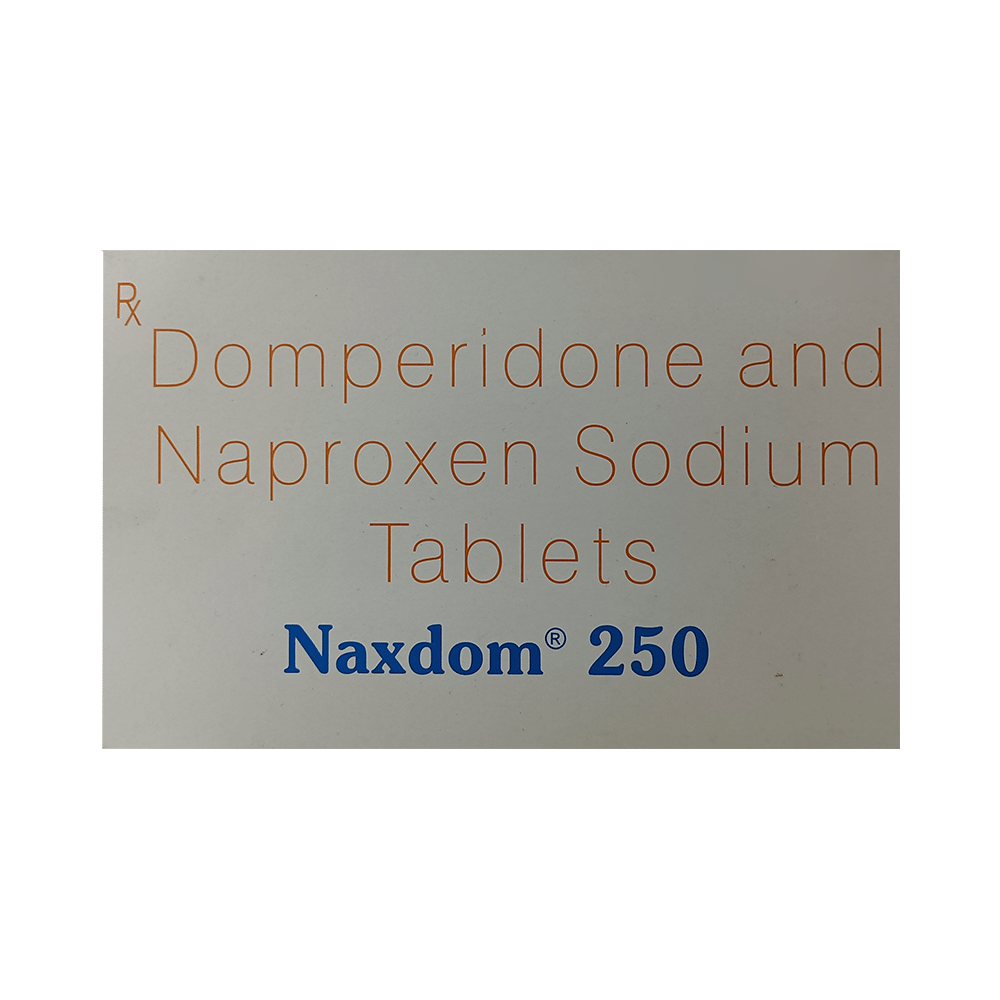
Naxdom 250 Tablet
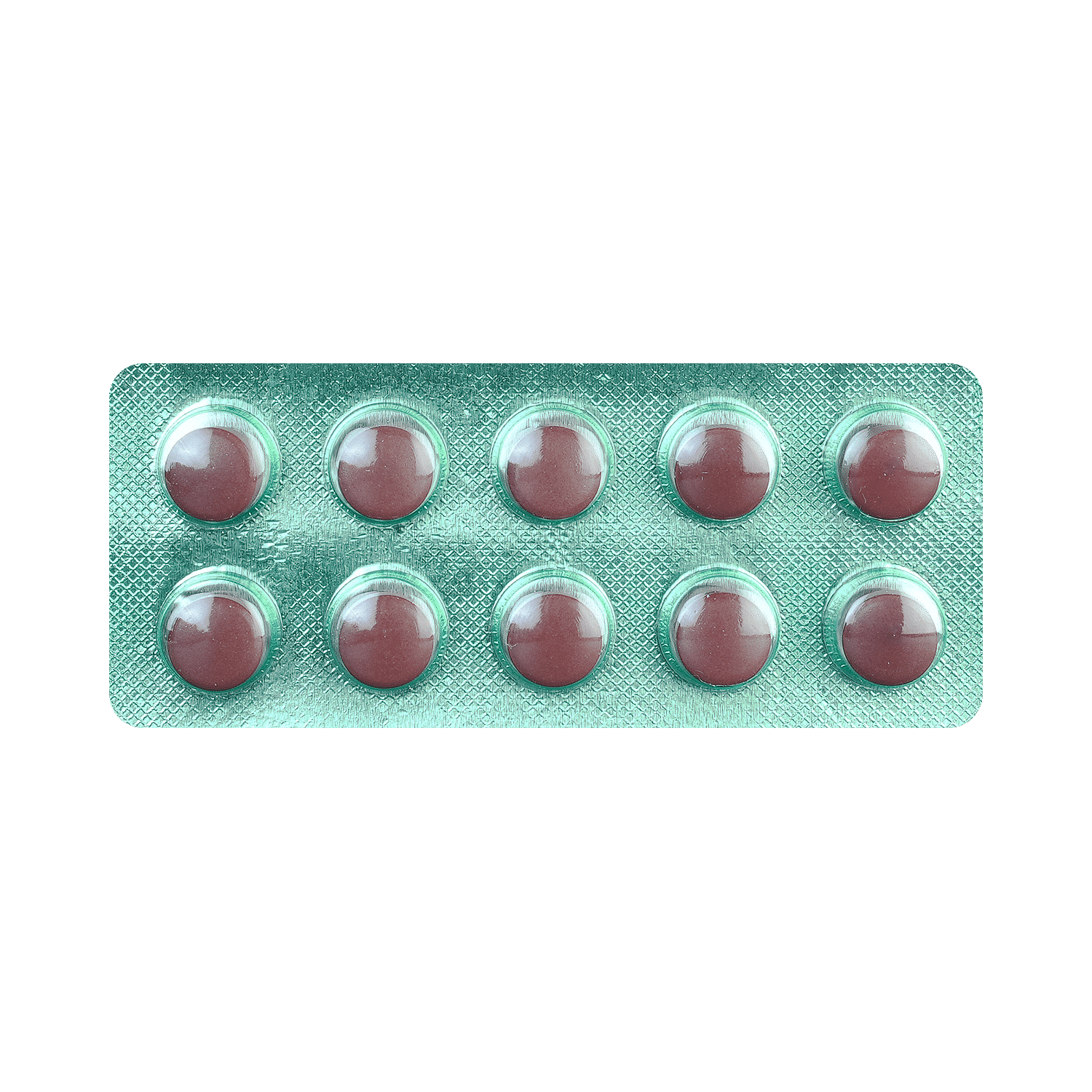
Pacinac NP 250mg/10mg Tablet
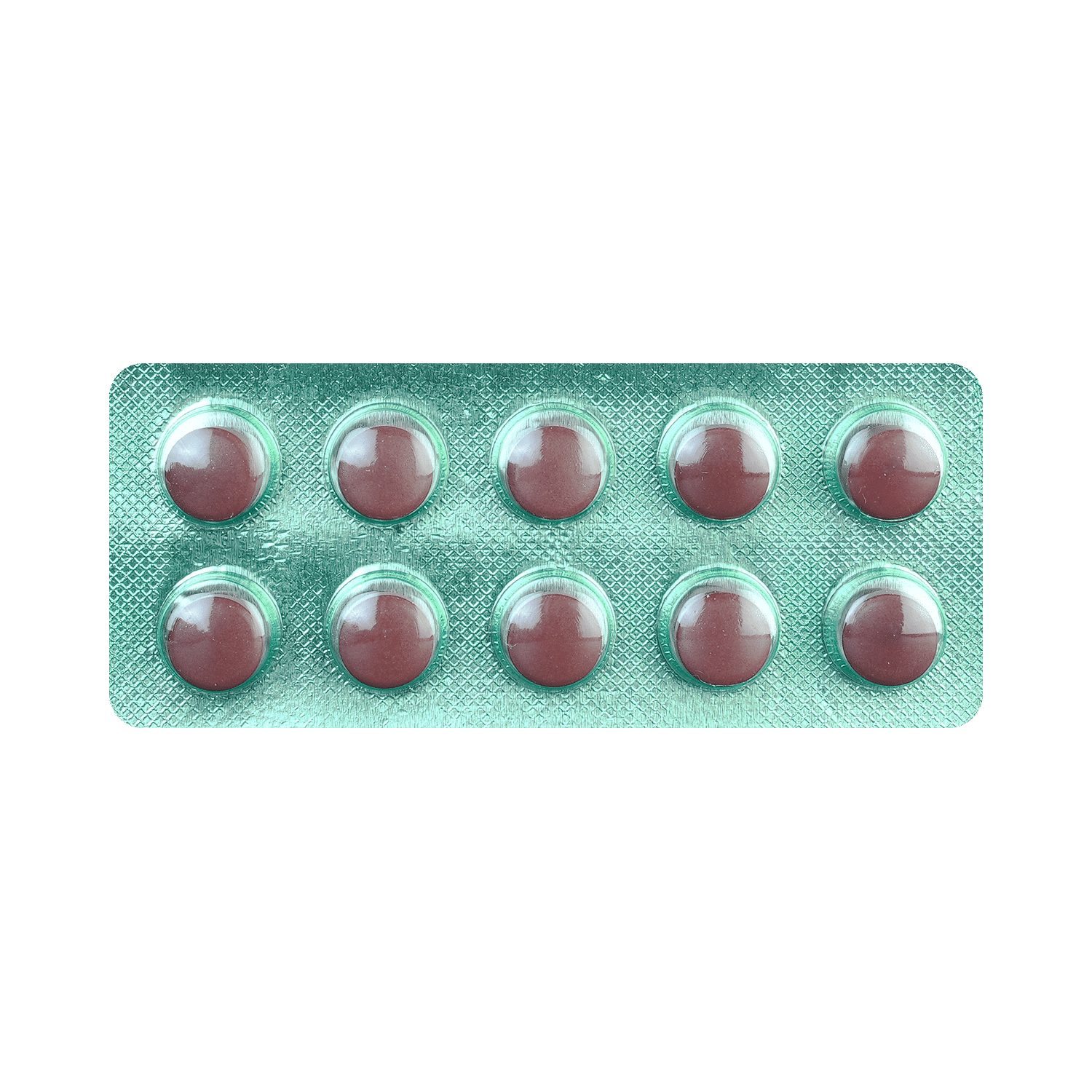
Napra D 250 Tablet
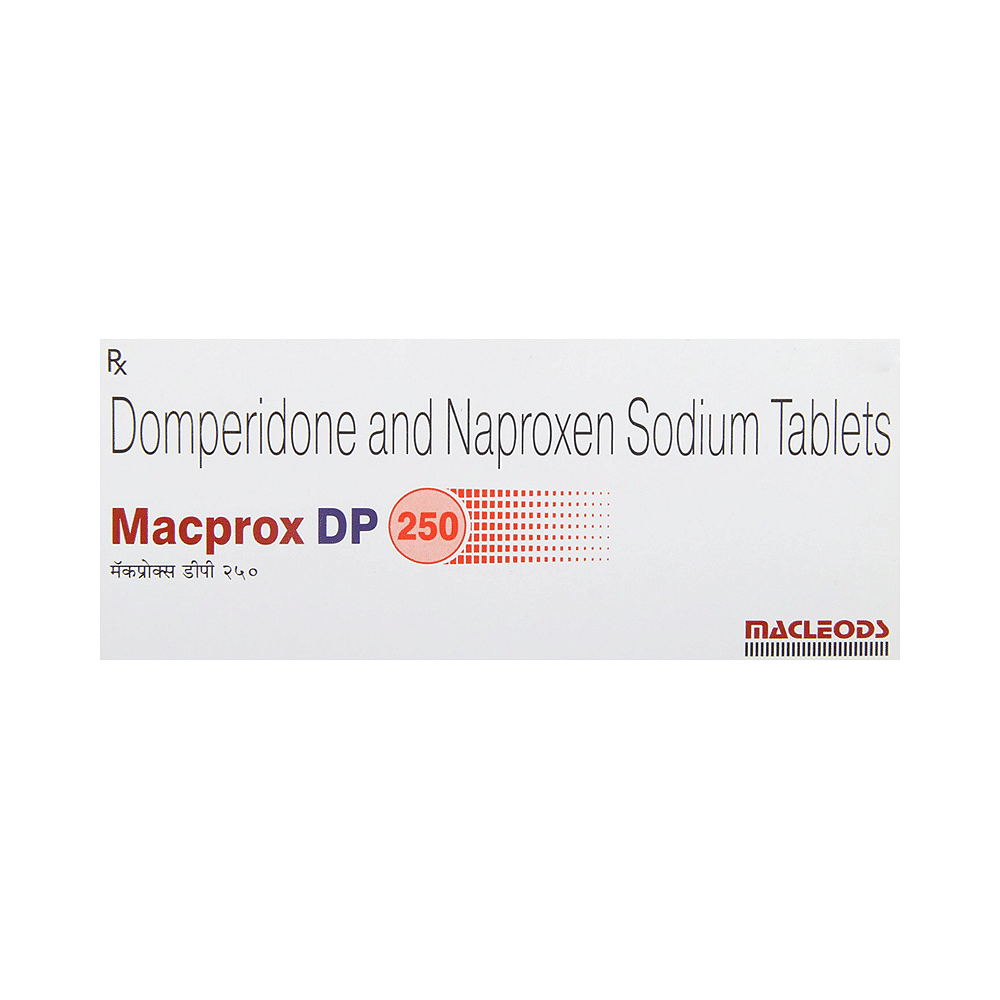
Macprox DP 250 Tablet

Riqxeb D 250mg/10mg Tablet
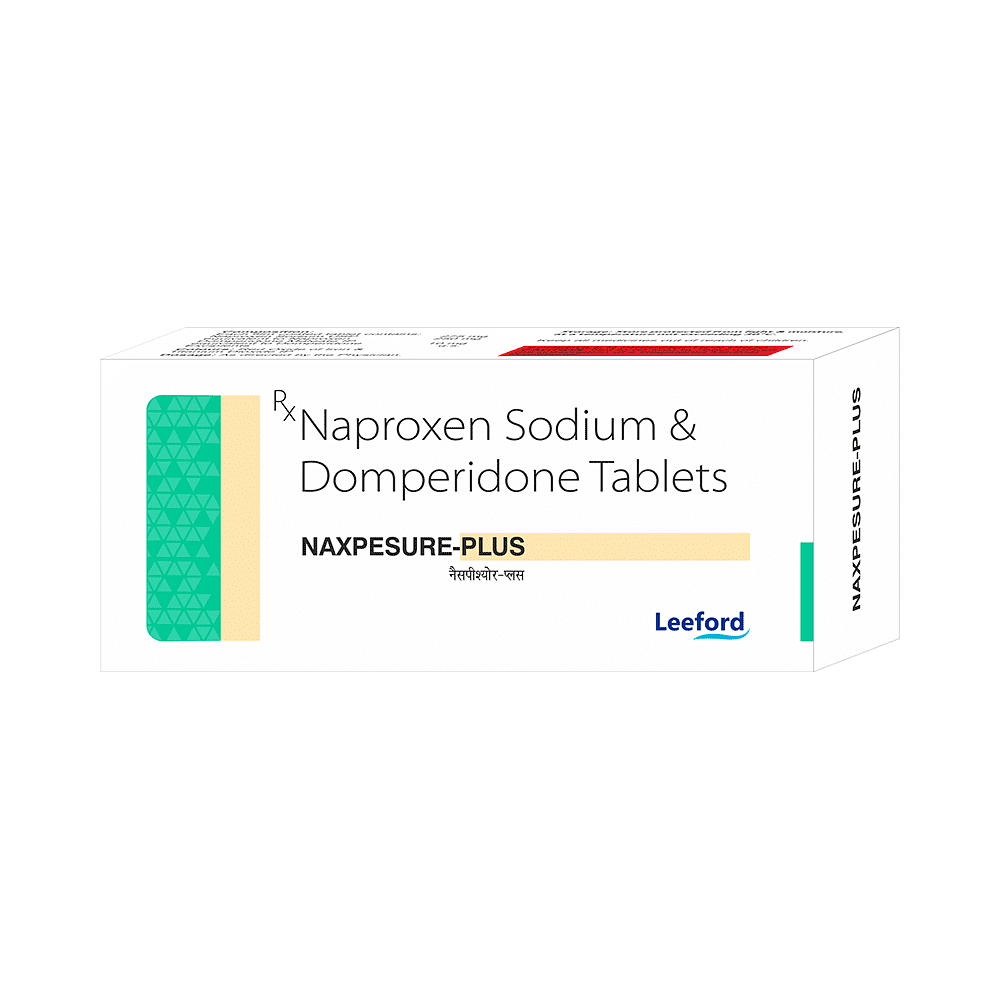
Naxpesure-Plus Tablet

Baxodom Tablet

Naprowel Plus 250mg/10mg Tablet
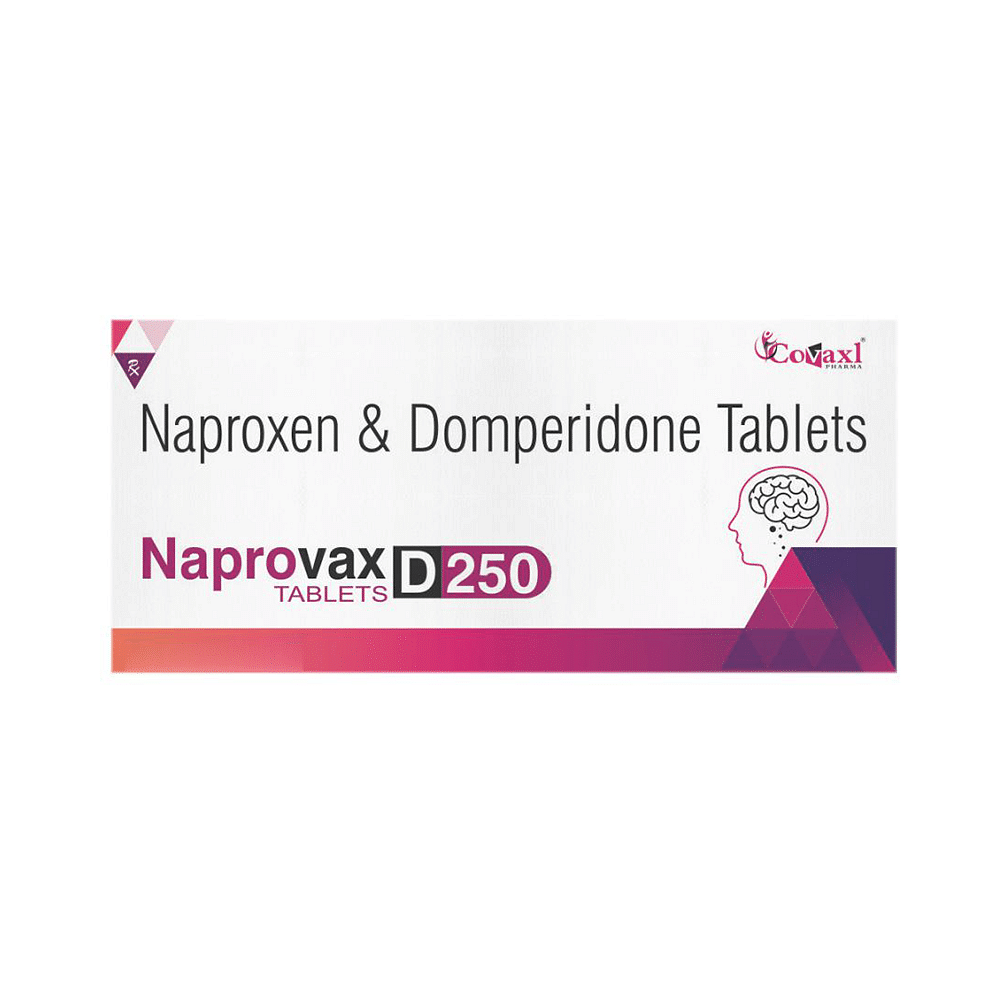
Naprovax D 250mg/10mg Tablet

Freedonap 250mg/10mg Tablet
Frequently asked questions
What are Naprolet D 250mg/10mg Tablets used for?
Naprolet D 250mg/10mg Tablets are a combination medication that helps relieve symptoms of migraines, including headaches, nausea, and vomiting. The medicine works by blocking the release of certain chemical messengers that cause headache and increasing stomach movement to help prevent vomiting.
Should I stop taking Naprolet D 250mg/10mg Tablets once my migraine symptoms are relieved?
No, it's essential to continue taking Naprolet D 250mg/10mg Tablets as directed by your doctor until you have completed the full course of treatment. Stopping the medication too soon can lead to a recurrence of symptoms.
Are there any potential side effects associated with taking Naprolet D 250mg/10mg Tablets?
Yes, common side effects include diarrhea. If you experience diarrhea, it's crucial to drink plenty of fluids and consult your doctor if the issue persists. In severe cases, dehydration can occur, characterized by less frequent urination accompanied by dark-colored and strong-smelling urine.
Who should not take Naprolet D 250mg/10mg Tablets?
The use of Naprolet D 250mg/10mg Tablets is contraindicated in patients with known allergies to the medication or its components, as well as those with a history of stomach ulcers, heart failure, high blood pressure, liver disease, or kidney issues.
Can long-term use of Naprolet D 250mg/10mg Tablets harm my kidneys?
Yes, the prolonged use of painkillers like Naprolet D 250mg/10mg Tablets can cause damage to the kidneys by lowering prostaglandin levels. Individuals with pre-existing kidney disease should avoid using these medications.
Is it safe to take a higher dose of Naprolet D 250mg/10mg Tablets?
No, taking more than the recommended dose can increase the risk of side effects. If your migraine symptoms persist or worsen despite following the prescribed dosage, consult your doctor for further evaluation and guidance.
How should I store Naprolet D 250mg/10mg Tablets?
Keep Naprolet D 250mg/10mg Tablets in their original container, tightly closed. Store them as instructed on the packaging or label. Dispose of any unused medication responsibly to prevent accidental consumption by pets, children, or other individuals.


